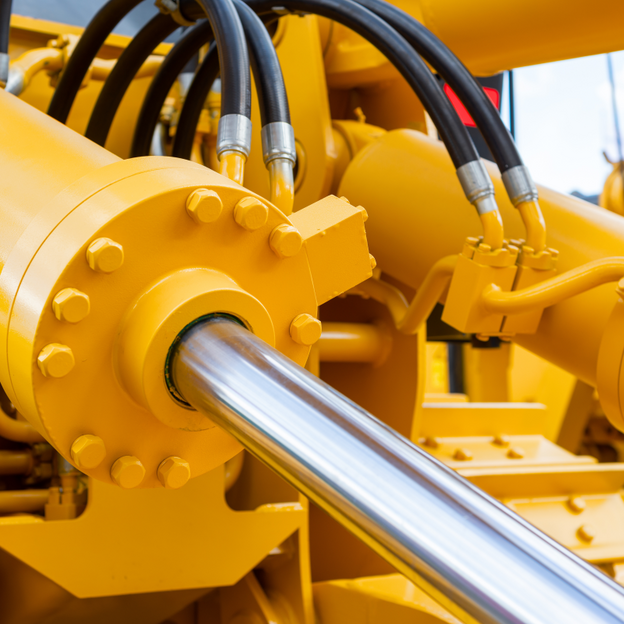Valid from 2027
Machinery Regulation (EU) 2023/1230
The Machinery Regulation replaces the existing Machinery Directive.

Valid from 2027
The Machinery Regulation replaces the existing Machinery Directive.

Progressive developments in the field of machinery and automation have made it necessary to revise the Machinery Directive 2006/42/EC, which is still in force. In particular, the Machinery Regulation 2023/1230 sets out new requirements for protection against external attacks (cyber security) and for autonomous systems, such as AI systems (artificial intelligence).
To ensure that essential health and safety requirements are reliably met, systems, machines and safety components may only be placed on the market in the European Union if they comply with the requirements of Machinery Regulation 2023/1230.
Economic operators (e.g. distributors, manufacturers, operators, authorised representatives, dealers and importers) are recommended to familiarise themselves with the requirements of the Machinery Directive 2023/1230 in good time.
TÜV NORD can support you in carrying out the conformity assessment procedure in accordance with the requirements of the Machinery Regulation.

Companies that document their voluntary commitment to greater safety with independent testing by neutral experts secure competitive advantages: For example, a type certificate from TÜV NORD strengthens confidence in a product and sets it apart from competing products.
In addition, our experts are at your side for all topics relating to the Machinery Ordinance. In practical information events, we also explain the key requirements of the Machinery Regulation (EU) 2023/1230 and the new cyber security requirements.